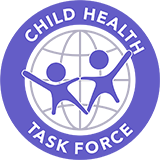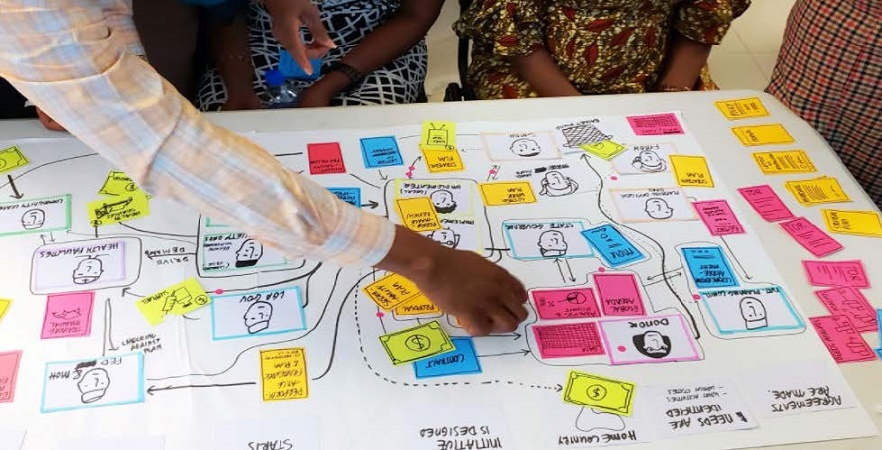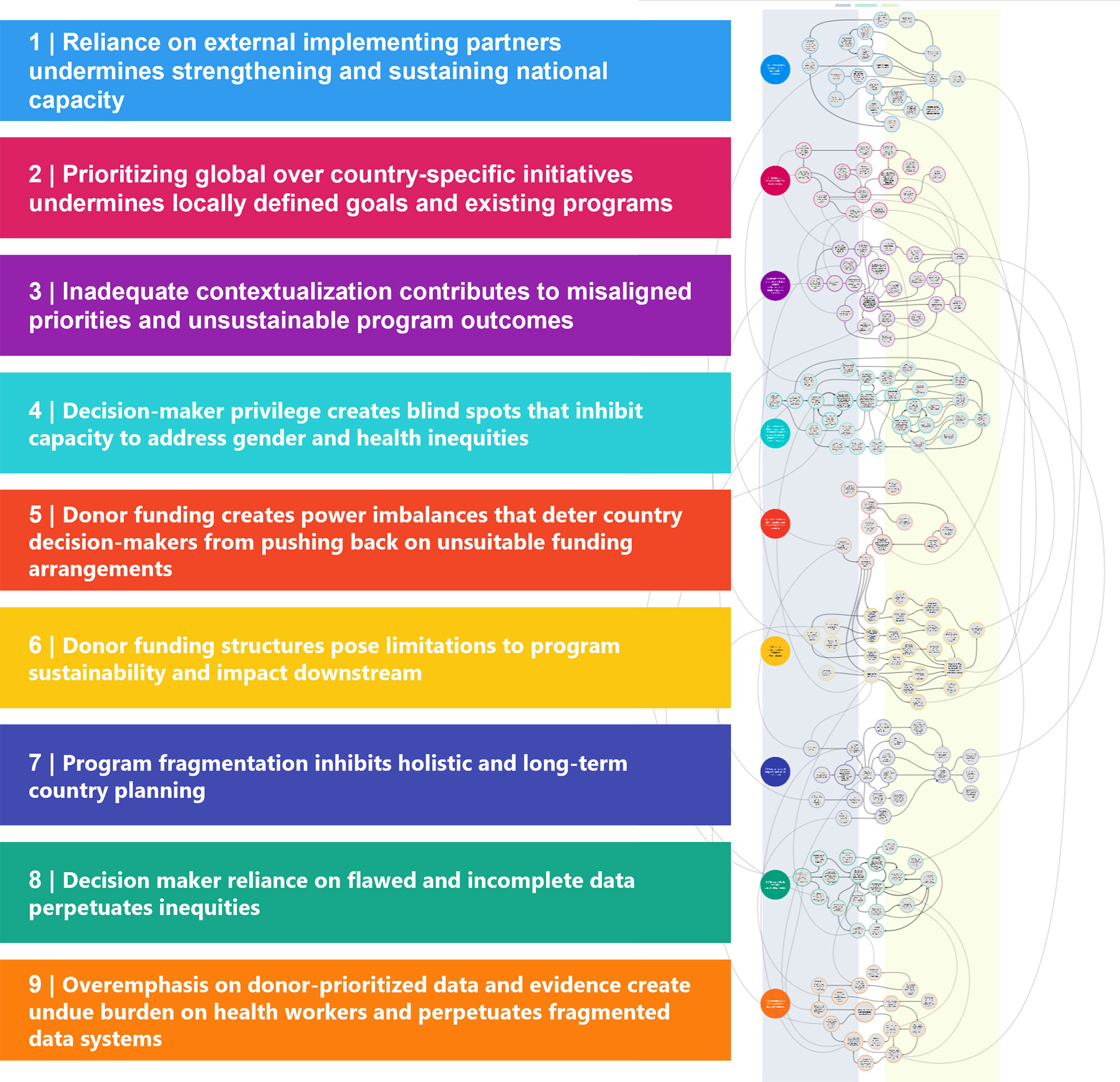“We spend a lot of time designing the bridge, but not enough time thinking about the people who are crossing it”
– Dr. Prabhjot Singh, Director of Systems Design, Earth Institute
What is re-imagining technical assistance?
A JSI Research & Training Institute, Inc. (JSI)-led and Bill & Melinda Gates Foundation (BMGF)- funded, two-phase project inspired the need to re-imagine models for delivering technical assistance.
In phase one (March 2018-September 2020), the Child Health Task Force Secretariat, led by JSI, teamed up with Sonder Collective, a human-centered design (HCD) firm, to support the ministries of health (MOH) in the Democratic Republic of Congo (DRC) and Nigeria to use HCD to re-imagine the current model of how technical assistance (TA) for maternal, newborn, and child health (MNCH) and health systems strengthening (HSS) is delivered.
Visit our country pages to learn about how the process unfolded in each country:
In phase two, the Inter-Agency Working Group (IAWG) for capacity strengthening, comprising the Gates Foundation, USAID, and the World Bank, with facilitation from JSI and Global ChangeLabs, further refined and validated the critical shifts and convened representatives from across 13 countries to co-create a system-based understanding of challenges impeding the realization of these shifts.
Learn more about JSI’s continuing work on Re-imagining Technical Assistance ›
What do countries want from TA?
Critical shifts
Co-created by local stakeholders in the DRC and Nigeria and refined and validated during the phase two co-creation process, the critical shifts are a bridge between the identified challenges of current TA and capacity strengthening approaches and the vision for the future.
Together the critical shifts envision changing how we:
- Set the agenda, fund, and partner,
- Plan for, design, and implement programs, and
- Address inequity and manage power asymmetries.
What hurdles do we need to overcome?
Nine system syndromes
The IAWG together with a diverse group of stakeholders from across 13 countries explored and mapped how donor structures, processes, and norms pose challenges to achieving the critical shifts. Based on these insights, the group identified nine system syndromes which represent systemic barriers to achieving the critical shifts.
Building on these syndromes, the project also convened gender experts to identify systemic challenges perpetuating or contributing to gender inequities in technical assistance. During this dialogue, the group co-created 6 gender-specific syndromes.
Check out the publications that share findings from this work
- Country perspectives on improving technical assistance in the health sector
- Critical barriers to sustainable capacity strengthening in global health: a systems perspective on development assistance
- Exploring system drivers of gender inequity in development assistance for health and opportunities for action


